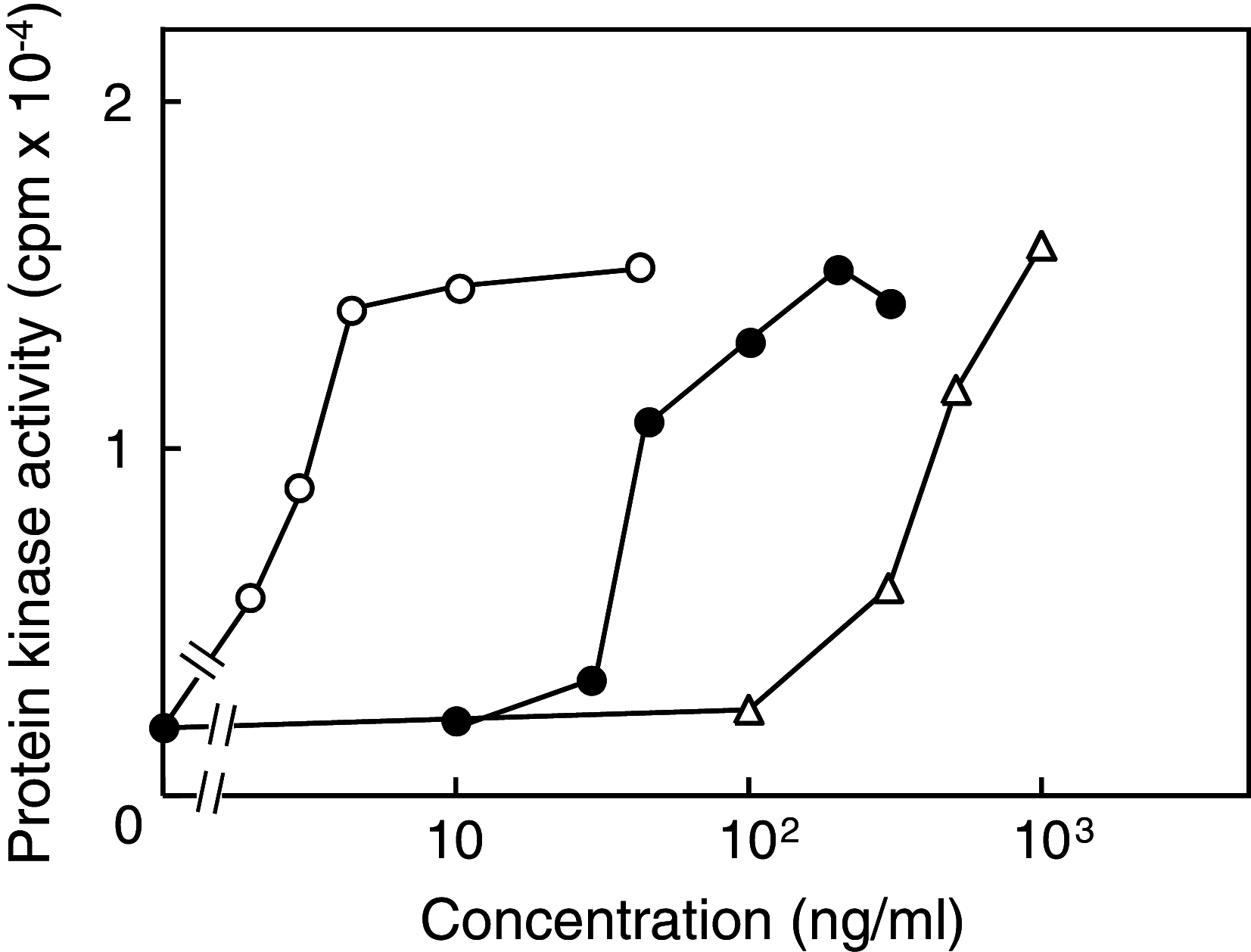Tumor promoters: from chemicals to inflammatory proteins
- PMID: 23756937
- PMCID: PMC11824212
- DOI: 10.1007/s00432-013-1455-8
Tumor promoters: from chemicals to inflammatory proteins
Abstract
Purpose: The classic two-stage chemical carcinogenesis in rodents is not directly linked to multistage carcinogenesis in humans. In light of our findings that tumor necrosis factor-α (TNF-α) is an endogenous tumor promoter and that TNF-α-inducing protein (Tipα) of Helicobacter pylori stimulates progression of cancer and epithelial-mesenchymal transition, we think it is necessary to re-examine the concept of tumor promoter, from chemicals to inflammatory proteins.
Topics and results: This paper begins with "inflammation," discovered by Virchow, studies of Yamagiwa and Tsutsui, and briefly reviews numerous topics, such as (1) the classic concept of tumor promoter, (2) tumor promotion on mouse skin induced by protein kinase C activators and okadaic acid class compounds, (3) organ specificity of tumor promoters, presenting numerous tumor promoters in various organs, (4) unique tumor promotion induced by inhibitors of protein phosphatases 1 and 2A in mouse skin, rat glandular stomach, and rat liver, (5) the significant role of TNF-α in tumor-promoting inflammation, (6) progression induced by Tipα of H. pylori, and (7) enhancement of cancer treatment efficacy with the combination of anticancer drugs and green tea catechins, to inhibit tumor-promoting inflammation.
Conclusion: Human cancer development involves both durable genetic changes caused by carcinogens and proinflammatory cytokines, and simultaneous inflammation in progression induced by proinflammatory cytokines and chemokines.
Conflict of interest statement
Here, we declare that we have no conflict of interest.
Figures




References
-
- Balmain A, Pragnell IB (1983) Mouse skin carcinomas induced in vivo by chemical carcinogens have a transforming Harvey-ras oncogene. Nature 303(5912):72–74 - PubMed
-
- Berenblum I (1941) The cocarcinogenic action of croton resin. Cancer Res 1:44–50
-
- Boutwell RK (1977) The role of the induction of ornithine decarboxylase in tumor promotion. In: Hiatt HH, Watson JD, Winsten JA (eds) Origin of human cancer. Cold Spring Harbor Laboratory, Cold Spring Harbor, pp 773–783
Publication types
MeSH terms
Substances
LinkOut - more resources
Full Text Sources
Other Literature Sources
Medical

